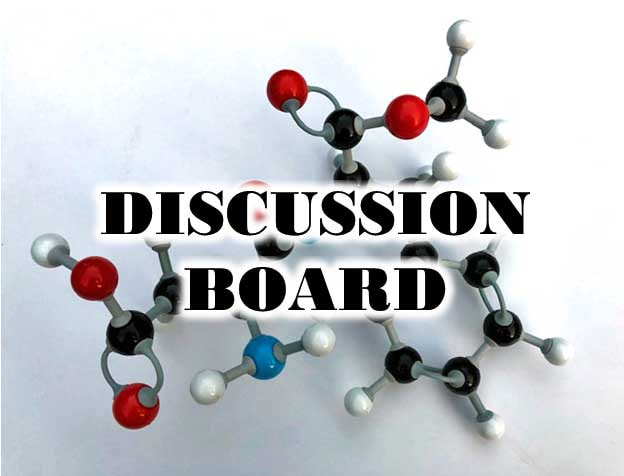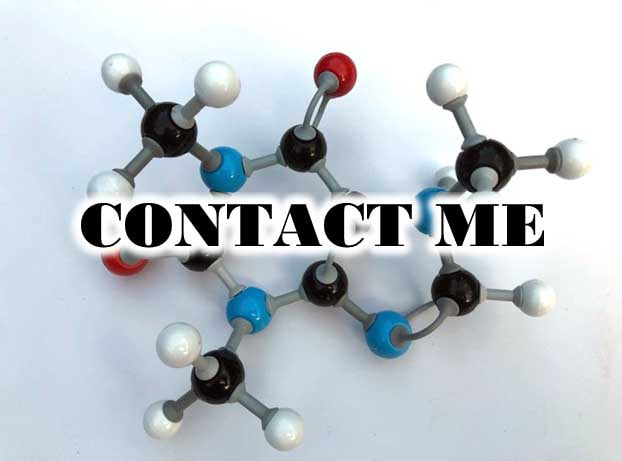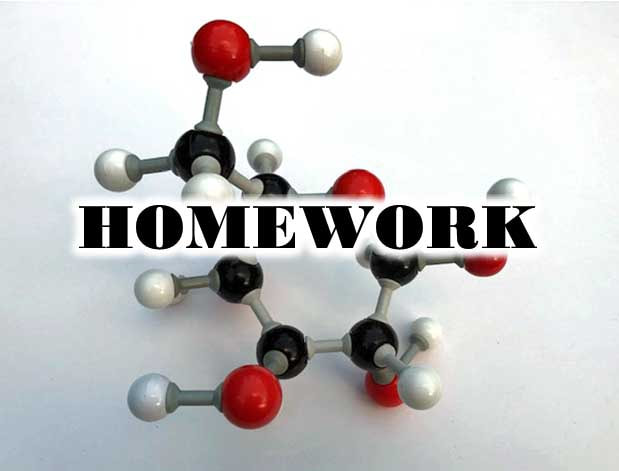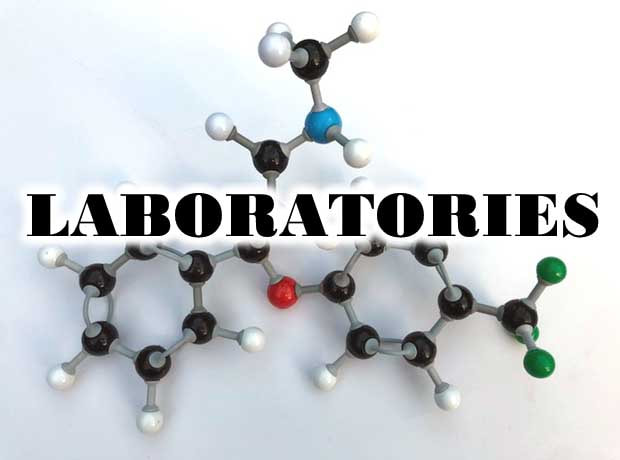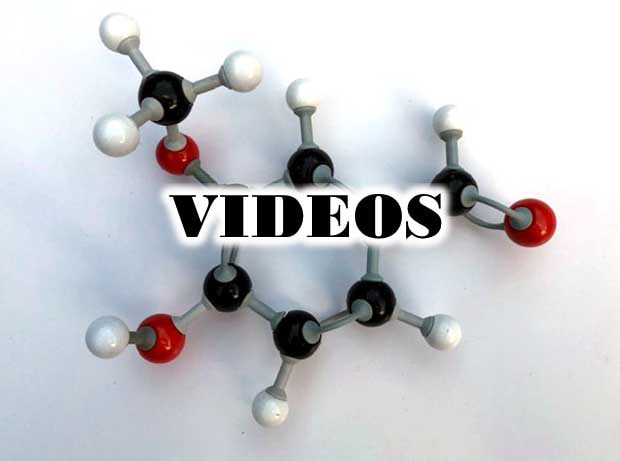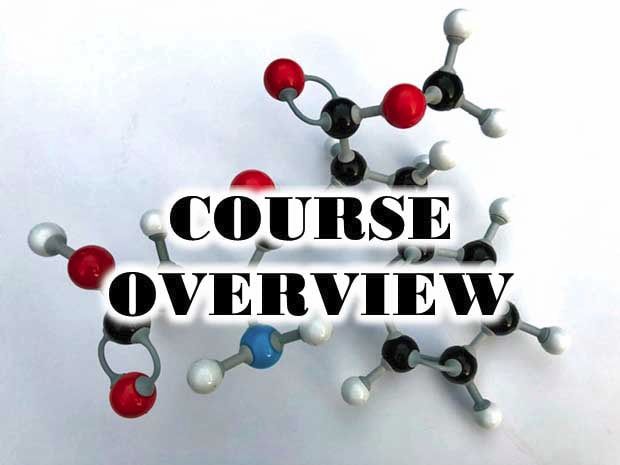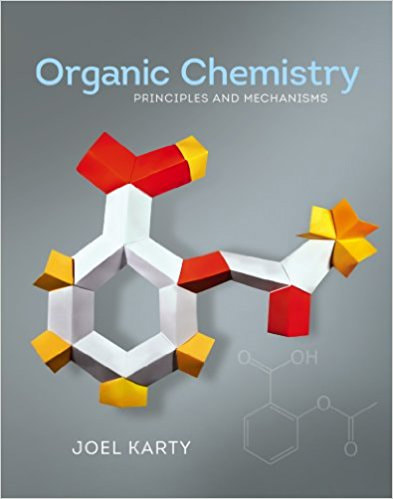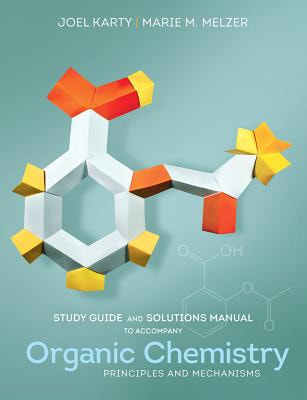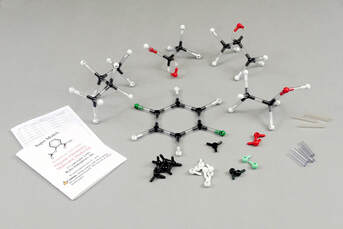Syllabus/ Week-at-a-Glance
Image Credits:
Nanocar ball-and-stick model in banner retrieved from: http://news.rice.edu/2015/12/14/rice-to-enter-first-international-nanocar-race/ Nanocar with fullerene wheels in banner by Materialscientist at en.wikipedia, CC BY-SA 3.0, https://commons.wikimedia.org/w/index.php?curid=16454593 Glucose ball-and-stick model retrieved from: https://www.thoughtco.com/pathway-most-atp-per-glucose-molecule-608200 |
Course Overview
The purpose of this course is to assist you in linking principles you already learned in general chemistry to more advanced concepts as they will actually be applied in the organic chemistry course you will take as a sophomore in college. You will review and apply, (1) most of the concepts delineating atomic/ molecular structure, and how these structures are represented by the various models; such as ball and stick, Lewis structures, Hawthorne structures, Newman projections, and dash-wedge notation, (2) chemical bonding and the implications for charge separation, polarity, and species reactivity, (3) how to write reaction mechanisms using curved arrows; (4) acid-base chemistry; and (5) understand and describe the ten elementary reaction steps. Through assigned readings, problem sets, online discussions, quizzes, home experiments, molecular simulations and exams, you will gain many of the prerequisite skills necessary to examine simple reactants and reaction conditions, and predict products.
Instructional Strategy
Since this is a blending learning "flipped" course, you are expected to spend considerable time outside our face-to-face meetings, learning course content. Whenever we start a new chapter it is recommended you do the following in order:
Course Learning Outcomes
Upon successful completion of this course, you will be able to:
Course Materials
Information Technology Requirements
Contact Me
|
